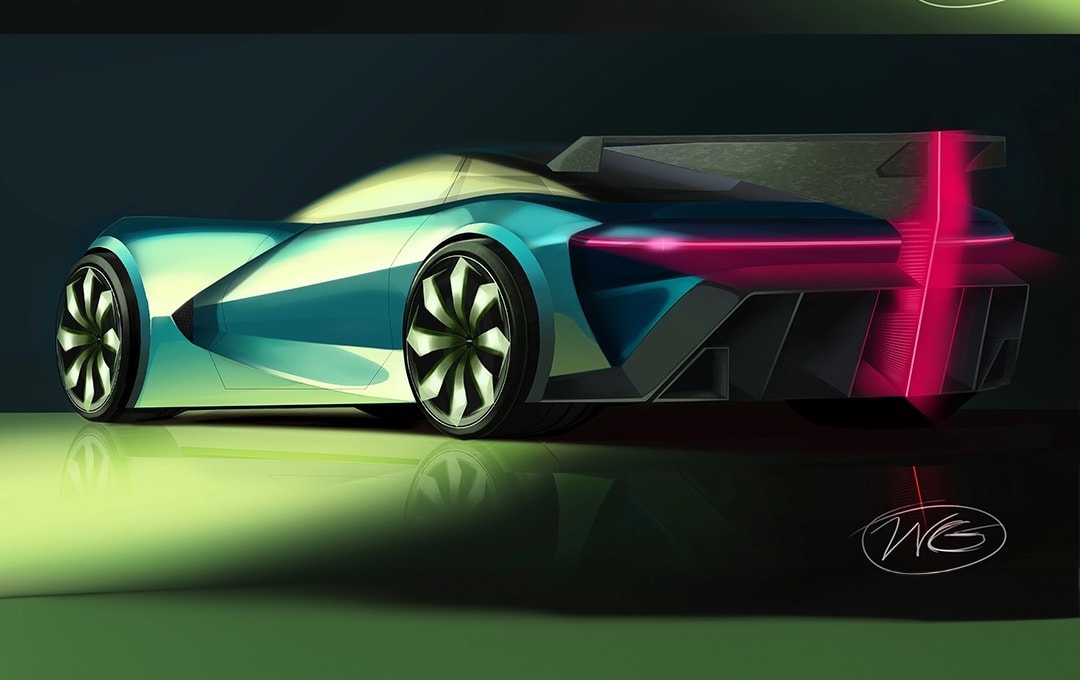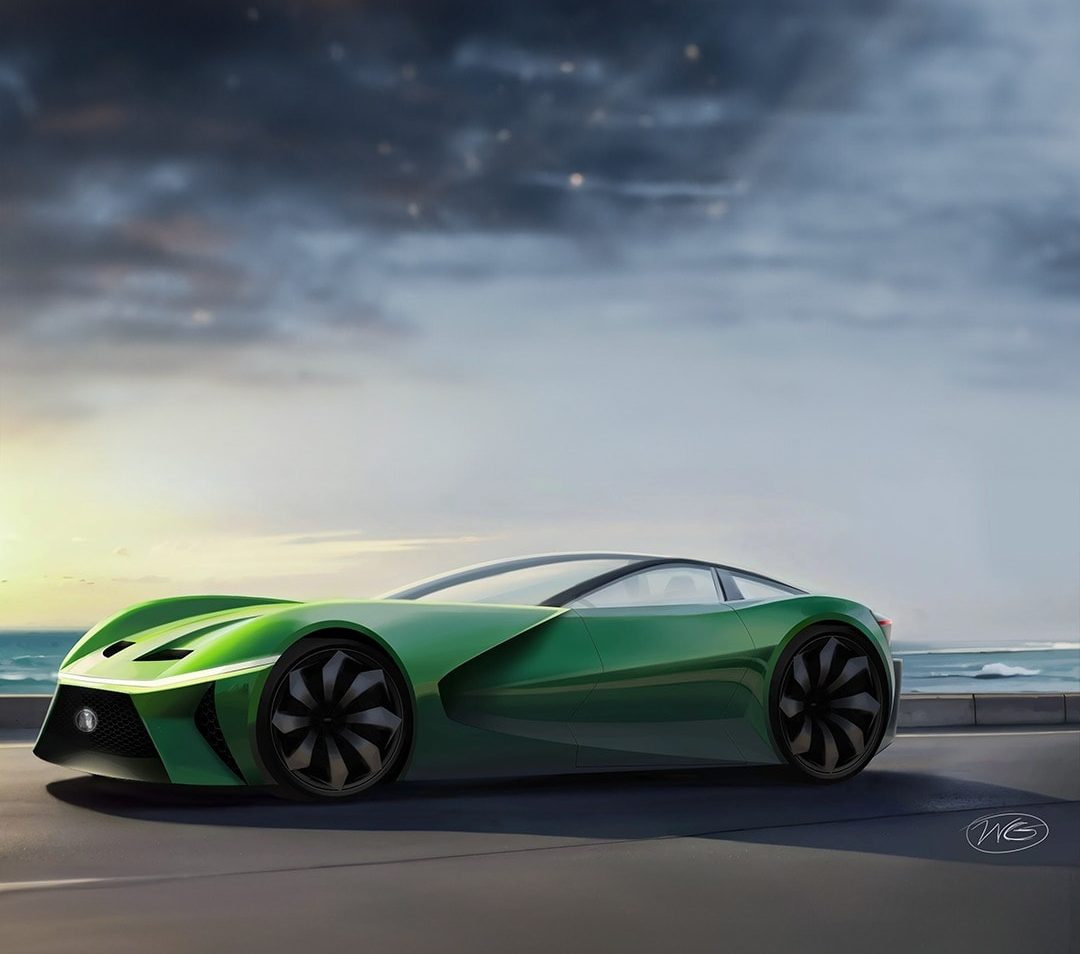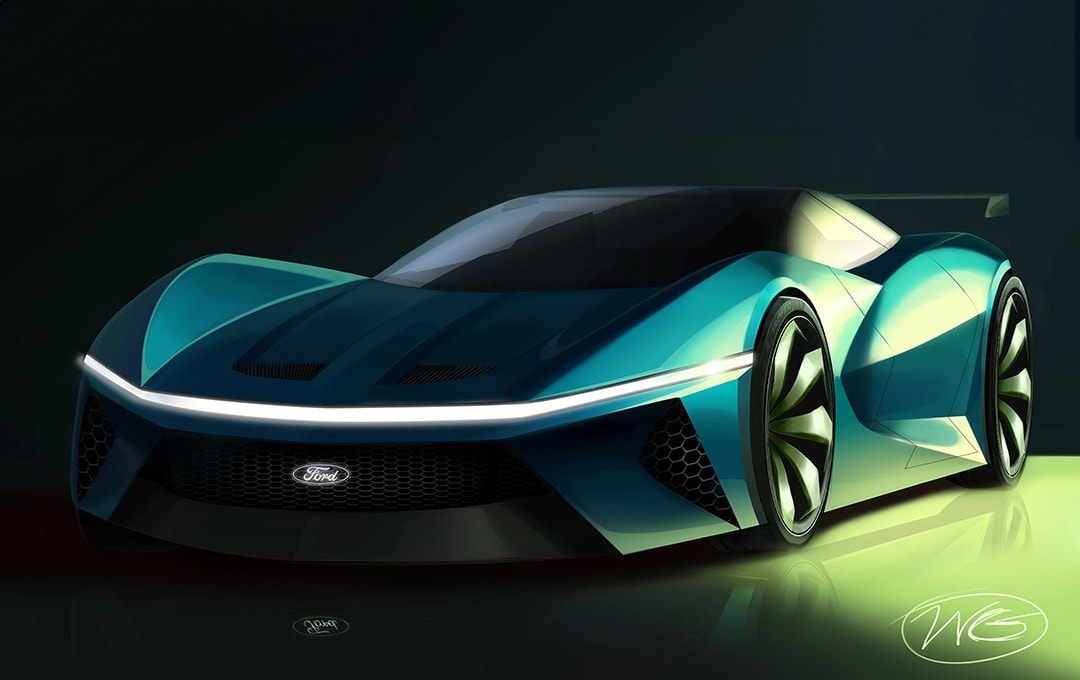The recent rumors about Ford’s reluctance to let go of the V8 Mustang are hardly surprising, especially given the current world of American pony cars. With the Chevrolet Camaro, Dodge Charger, and Challenger all facing uncertain futures, the Mustang stands alone as a true icon. Ford’s commitment to the Mustang is further solidified by its decision to discontinue other passenger cars like the Ford GT.
This leaves the Mustang as the sole survivor in a dwindling segment, making it a tempting target for those seeking to challenge Ford’s dominance. However, despite the Mustang’s iconic status, it is not without its challenges. The increasing focus on electric vehicles and stricter emissions regulations pose significant threats to the future of traditional gasoline-powered cars like the Mustang.

While Ford has shown a commitment to electrification with models like the Mustang Mach-E, the company has also made it clear that it intends to maintain a strong presence in the internal combustion engine market.
The future of the Mustang, therefore, is likely to be a delicate balancing act between tradition and innovation. As the automotive industry continues to evolve, it remains to be seen whether the Mustang will be able to adapt and thrive or whether it will eventually fall victim to the changing tides of time.
The hypothetical Ford Python, a grand tourer for the 2030s, boasts a striking design featuring a long hood, sleek full width LEDs, and large air vents. Its elegant two door coupe profile is accentuated by a rear dominated by a large wing, a massive diffuser, and full width, full height LED taillights. Dual triangular exhaust outlets hint at its traditional V8 power. While a hybrid setup wouldn’t be unwelcome, the mighty V8 should remain the centerpiece.

A potential configuration could involve the 815-hp 5.2-liter supercharged V8 from the 2025 Mustang GTD, paired with front and rear electric motors and a battery pack for eAWD. This combination could deliver a combined power output exceeding 1,064 horsepower, potentially outperforming the 2025 Corvette ZR1 on imaginary racetracks.
Such a powertrain would not only provide exhilarating acceleration but also enhance handling and fuel efficiency. The electric motors could assist with low speed maneuvering and provide a boost of power when needed.
Additionally, the regenerative braking system could help recharge the battery pack, extending the vehicle’s range. The Python’s design, combined with its advanced powertrain, could make it a formidable competitor in the high performance grand tourer market.

